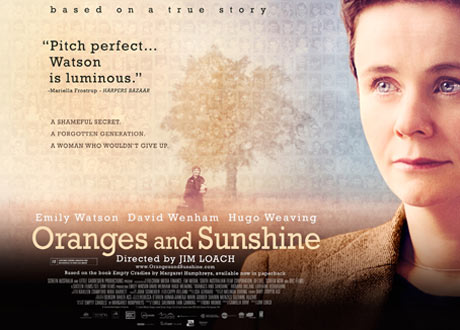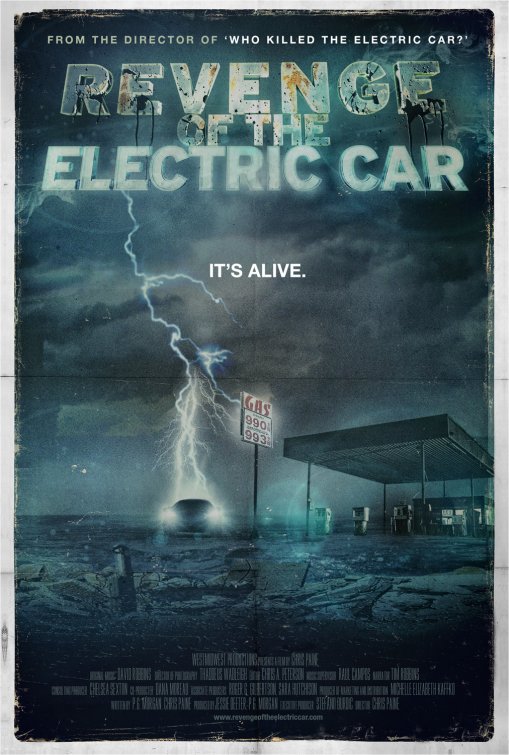Recently, I attended a tasting called The Autumn Cocktail Derby at Union Square Wines & Spirits where I had a chance to sample spirits both new and familiar in various cocktails that suited the chillier weather we are encountering here in the northeast this time of year. With this as the theme for the afternoon’s events, I was somewhat amazed when they included a gin in the tasting – and not only that, but it was the best find on the tasting menu!
Perhaps the most pleasantly surprising new spirit was the 83.6 proof offering from Scotland’s Balmenach Distillery called Caorunn Small Batch Scottish Gin. Until now, the only Scottish gin I was aware of was Hendricks, notable for its spiciness, which is somewhat unusual for a gin; for those of you familiar with Hendricks – whether or not you are a fan – Caorunn (pronounced “ka-roon”) could not be more different from Hendricks in every conceivable way. If you’ve never heard of Caorunn before, don’t feel bad – it’s only been in the American market since June of 2011. Wish I’d known about this one at the beginning of this past summer because it would’ve been fun playing Mad Scientist with this spirit to see which concoctions I preferred.
Caorunn is distinctive first by its look– its unusually shaped bottle almost suggests a tequila. The next pleasure you get from Caorunn is its fragrance; it is perhaps the most aromatic gin I’ve ever encountered. This, of course, is due to the types of botanicals used in its recipe. In total, Caorunn uses eleven botanicals; six are traditional to gins and the remaining five are unique Celtic botanicals. In fact the name Caorunn itself is the Gaelic word for Rowan Berry, which is the essence of the gin; according to the company representative I met at the tasting, Caorunn is very similar to the cranberry. Besides the usual juniper and coriander, it contains heather and something called bog myrtle.
Regarding its taste, Caorunn is far from a disappointment there, either. As far as I’m concerned, any gin that is capable of enlivening something as ordinary as a simple gin and tonic is worthy of being considered a special gin. Gladly, I can tell you that Caorunn manages to hit a homerun as far as this standard is concerned.
But what of the martini? As long as we’re discussing classic gin cocktails here, it would certainly make sense to ask about this one. Sadly, the company representative chose not to serve it up in a martini, but he did have some recommendations for mixing them on your own: with Caorunn Scottish Gin, he recommended against using an onion, so making a Gibson is out of the question. Likewise, olives would not go well with this gin; therefore, no Dirty Martinis, either. Instead, he suggested, use a fruit – something citrusy, like a lemon twist with the peel floating atop the drink -- would be an excellent choice. Even better would be a thin slice of apple, as this apparently tends to enhance the gin’s flavor particularly well.
If you pick up this gin – and I certainly hope you add it to your bartending arsenal – you might want to experiment with some of the recipes on the company’s Web site.










